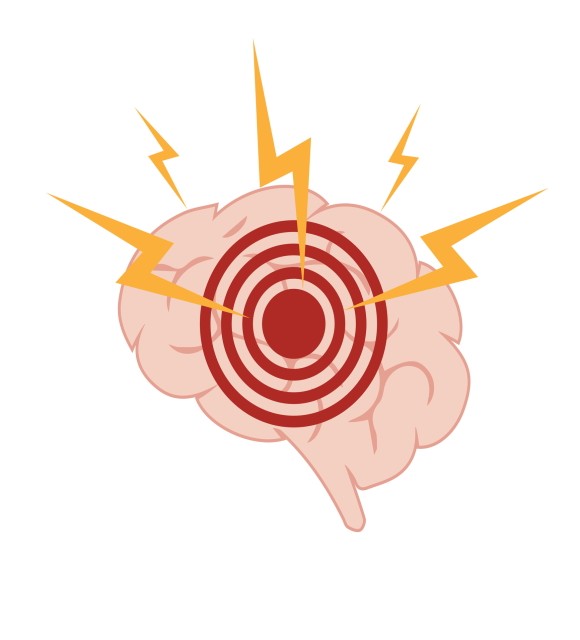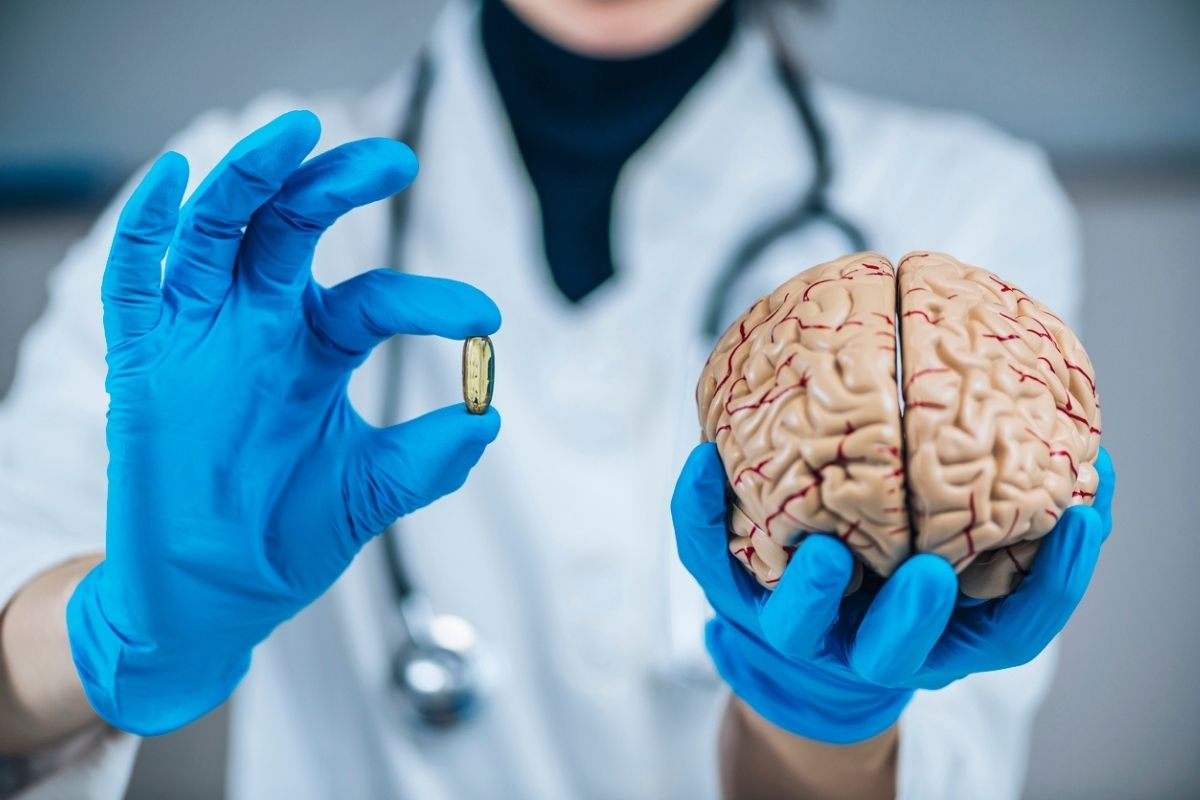Glioblastoma is the most common brain cancer in adults. It is caused by an abnormal multiplication of astrocytes, which are cells of the central nervous system. For the treatment of this condition, surgery is a very good solution. However, it can be combined with several therapies. In France, for example, approximately 2,400 new cases of glioblastoma are diagnosed each year. As mentioned above, it is much more common in adults and in men, and therefore affects women less. 70% of cases are diagnosed in people between the ages of 45 and 70. The average age at diagnosis is 58 years. Extracted from hemp, cannabidiol or CBD could help fight against glioblastoma. This molecule, which is very fashionable, belongs to the cannabinoid family, has no psychotropic effect and does not cause any dependence. But, would it really be effective to fight against this cancer whose vital prognosis remains rather dark to this day

CBD in the fight against glioblastoma
Glioblastoma: what is this disease really like
The brain is one of the most important organs in the body. No need to spell it out anymore. This organ is the real conductor of the human body and is in charge of coordinating the majority of our functions. It is involved in vital functions such as heartbeat, breathing, muscle movements and others, in intellectual functions such as learning, personality, memory, reflection, emotions and others. Apart from these two functions, the brain is also involved in the perception of the 5 senses that are taste, touch, smell, hearing and sight.
There are several cells in the brain called neurons. These are responsible for processing information. Neurons are surrounded by feeder cells. Note that glial cells, also present in the brain, represent 90% of its composition. Among the latter cells, we distinguish the astrocytes which are responsible for the management of intraneuronal connections. Generally, it is in the cerebral hemispheres that the brain tumor most often develops. It can also develop in the white matter and even throughout the central nervous system.
What are the symptoms of the disease

The symptoms we will see here are not really specific to this disease. These will vary depending on the size of the tumor and its location. These come from the increased intracranial pressure caused by the development of the tumor inside the brain. Here are the main symptoms of the tumor for you. So we have disorders affecting speech, memory, mood, behavior and vision, nausea and vomiting, headaches, weakness of a limb or more rarely, seizures.
It only takes a few days to a few weeks for these various symptoms to set in. Note that their intensity gradually increases over time. In this case, it is very important that you go to see a doctor.
The diagnosis of glioblastoma: how is it made
It is important to know that the role of the doctor who follows you is very important for the diagnosis of the disease, this, because he is the one you go to first. When he or she detects symptoms related to a brain tumor, he or she should take responsibility for referring the patient to specialist physicians. These may include radiologists, neuro-oncologists, neurosurgeons, neurologists and others. Diagnosing a glioblastoma will require several steps.
Complete clinical and neurological examinations
Here, the patient is subjected to muscle exercises. For example, he or she must shake hands or move forward in a straight line. He is also subjected to tests of movement coordination and balance. Sensitivities are also assessed through touch, reaction to heat or mild pain, and many others. The patient's reflexes are also tested and an eye exam is done, including a back of the eye test and others. They also take a hearing test and then a language, reading, drawing or writing test and finally, they are given a comprehension and memory test.
With the physical examination, it is possible to diagnose or rule out the various pathologies that may cause these symptoms. To detect the presence of possible inflammation, a change in blood count, or an organic disorder, a blood test is also performed.
Imaging tests
When a brain tumor is suspected, imaging tests are very quickly performed following the previous tests: clinical and neurological. Thanks to imaging examinations, it is possible to obtain a fairly accurate image of the brain. The tumor can then be precisely located and measured. To do this, an MRI or CT scan will be needed.
The pathology examination
This laboratory examination is performed directly on a sample. Let us specify that this is a sample of the tumor taken following a complete removal or biopsy of the tumor. It is the only test capable of affirming the presence of a glioblastoma.
CBD and glioblastoma

Cannabidiol is a compound in cannabis. It is considered an effective treatment for several conditions such as inflammatory bowel disease, pain, migraines, depression and epilepsy. According to recent studies, CBD is also an effective treatment for glioblastoma. According to the researchers, the inhalation of cannabidiol would reduce the size of the tumor. This, by reducing the main support of its microenvironment.
In fact, Dr. Babak Baban who is the author of the study said that they had to see a real reduction in the size of the glioblastoma as well as a change in its environment. According to the researchers, inhaling cannabidiol would ensure that the compound would actually reach the brain. In addition, much like the inhalers used by asthmatics, the method of administration could be easily used by the subjects.
Cannabidiol and the reduction of glioblastoma size
The researchers, for the purpose of the study, created what can be called "an orthotopic glioblastoma model" from modified human glioblastoma cells. The goal of this approach was to present a fairly realistic model for this brain tumor, which is one of the most deadly and common. 8 days after the start of the experiment, the tumor took hold in the brains of the mice. On the ninth day, the mice were divided into two groups. While the mice in the first group inhaled cannabidiol, those in the second group were given a placebo. After 7 days of taking CBD, the scientists noticed that inhaling the substance not only reduced the size of the tumor and limited its growth, but also modified its microenvironment.
According to the authors of the study, CBD would be able to impact the ecosystem of the tumor, this, through a restoration of adequate levels of inflammation for the immune system to fight the glioblastoma. Cannabidiol was therefore able to reduce the size of the tumor by reducing the main support of its microenvironment. The results from this experiment then proved that CBD inhalation is a novel, effective and adjunctive treatment for subjects with glioblastoma.
CBD inhalation as a complementary treatment to surgery
Today, treatment for glioblastoma and brain tumors in general includes surgery. This is followed by radiation therapy and chemotherapy. According to Dr. Martin Rutkowski, surgery is not a real cure, it is a first step to improve the quality of life and maximize the prognosis. He also points out the clear cause and effect relationship between the length of life of the patient suffering from the tumor and the amount of it that can be surgically removed. Cannabidiol inhalation could therefore indeed represent a practical and effective complementary treatment for those suffering from an aggressive brain tumor.

